AI-Driven Situated Cognition Interaction Design for Immersive Learning in Virtual Space Tourism
DOI: 10.23977/jaip.2025.080102 | Downloads: 38 | Views: 943
Author(s)
Wen Wen 1, Yao Liu 2, Tianli He 3, Wang Ying 4
Affiliation(s)
1 Graduate School, China Architecture Design & Research Group, Beijing, 100044, China
2 Departmentof Design, Politecnico di Milano, Milan, 20133, Italy
3 Singapore University of Technology and Design (SUTD), 138682, Singapore
4 Cultural Development Institute, Yunnan University, Kunming, Yunnan, 650504, China
Corresponding Author
Wang YingABSTRACT
This study presents an AI-Driven Situated Cognition Interaction Design Model of VR immersive learning context specifically related to virtual space tourism. This research intends to apply to pedagogy through the use of AI-based systems, collaborative engagement, and sustainable learning to close the gap between immersive technology and an educational outcomes. The model proposed emphasizes authentic contexts, real-time interactivity, and self-projection promising a traditional platform for exploiting sustainability challenges of space exploration. The Cabin integrates range sensors, a VR Space Tourism Experience, AI-based life-support systems, high-resolution VR displays, and embodied interaction sensors to create realistic scenarios. User studies showed an increase in users understanding of sustainability concepts, collaborative problem-solving and long-term retention. This study demonstrates how AI can empower designers to imagine and create interactive learning environments that cultivate critical awareness and sustainable behaviors of content for real world challenges.
KEYWORDS
Virtual Reality (VR), Situated Cognition Theory, Space Tourism, AI-driven Interaction Design, Educational TechnologyCITE THIS PAPER
Wen Wen, Yao Liu, Tianli He, Wang Ying, AI-Driven Situated Cognition Interaction Design for Immersive Learning in Virtual Space Tourism. Journal of Artificial Intelligence Practice (2025) Vol. 8: 11-21. DOI: http://dx.doi.org/10.23977/jaip.2025.080102.
REFERENCES
[1] Lave, J., & Wenger, E. (1991) Situated Learning: Legitimate Peripheral Participation. Cambridge University Press.
[2] Brown, J.S., Collins, A., & Duguid, P. (1989) Situated Cognition and the Culture of Learning. Educational Researcher, 18, 32-42.
[3] Clark, R.C., & Mayer, R.E. (2016) E-Learning and the Science of Instruction: Proven Guidelines for Consumers and Designers of Multimedia Learning. John Wiley & Sons.
[4] Dalgarno, B., & Lee, M.J. (2010) What Are the Learning Affordances of 3-D Virtual Environments? British Journal of Educational Technology, 41, 10-32.
[5] Slater, M., & Sanchez-Vives, M.V. (2016) Enhancing Our Lives with Immersive Virtual Reality. Frontiers in Robotics and AI, 3, 74.
[6] Barsalou, L.W. (2008) Grounded Cognition. Annual Review of Psychology, 59, 617-645.
[7] Jonassen, D.H. (1994) Thinking Technology: Toward a Constructivist Design Model. Educational Technology, 34, 34-37.
[8] Shaffer, D.W. (2006) How Computer Games Help Children Learn. Macmillan.
[9] Gee, J.P. (2003) What Video Games Have to Teach Us about Learning and Literacy. Macmillan.
[10] Sterman, J.D. (2000) Business Dynamics: Systems Thinking and Modeling for a Complex World. Irwin/ McGraw-Hill.
[11] Piaget, J. (1970) Science of Education and the Psychology of the Child. Orion Press.
[12] Vygotsky, L.S. (1978) Mind in Society: The Development of Higher Psychological Processes. Harvard University Press.
[13] Derry, S.J., Pea, R.D., Barron, B., Engle, R.A., Erickson, F., Goldman, R., & Sherin, B.L. (2010) Conducting Video Research in the Learning Sciences. Journal of the Learning Sciences, 19, 3-53.
| Downloads: | 16045 |
|---|---|
| Visits: | 553295 |
Sponsors, Associates, and Links
-
Power Systems Computation

-
Internet of Things (IoT) and Engineering Applications

-
Computing, Performance and Communication Systems
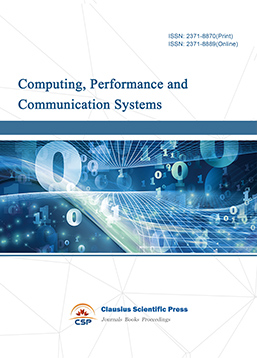
-
Advances in Computer, Signals and Systems
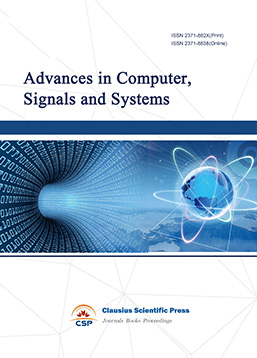
-
Journal of Network Computing and Applications
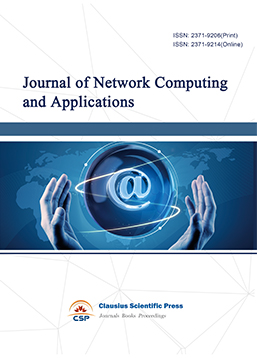
-
Journal of Web Systems and Applications

-
Journal of Electrotechnology, Electrical Engineering and Management

-
Journal of Wireless Sensors and Sensor Networks
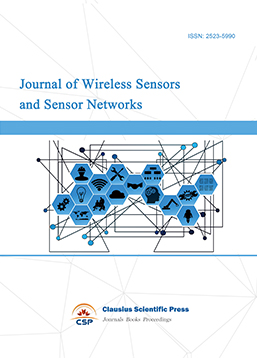
-
Journal of Image Processing Theory and Applications
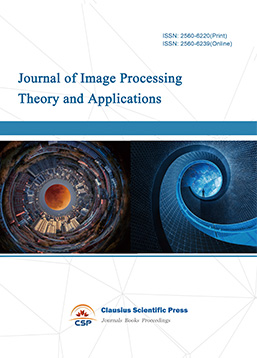
-
Mobile Computing and Networking
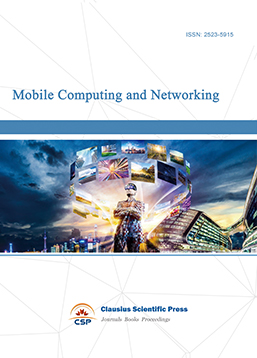
-
Vehicle Power and Propulsion

-
Frontiers in Computer Vision and Pattern Recognition

-
Knowledge Discovery and Data Mining Letters

-
Big Data Analysis and Cloud Computing
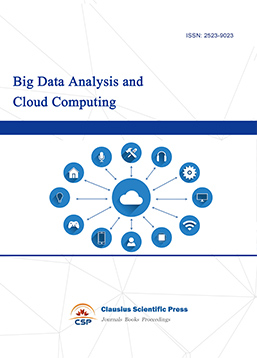
-
Electrical Insulation and Dielectrics

-
Crypto and Information Security

-
Journal of Neural Information Processing
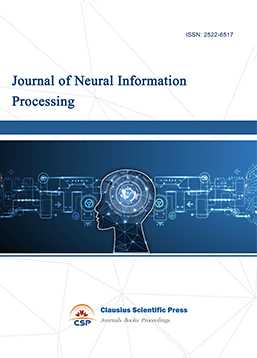
-
Collaborative and Social Computing

-
International Journal of Network and Communication Technology
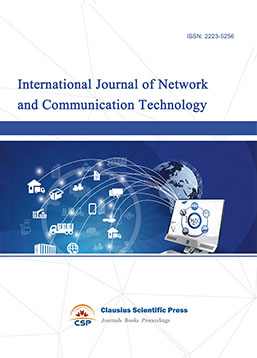
-
File and Storage Technologies

-
Frontiers in Genetic and Evolutionary Computation

-
Optical Network Design and Modeling
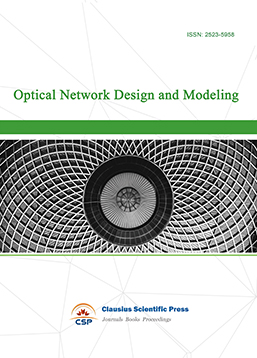
-
Journal of Virtual Reality and Artificial Intelligence
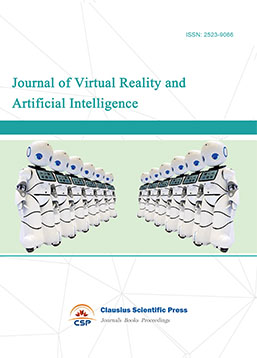
-
Natural Language Processing and Speech Recognition
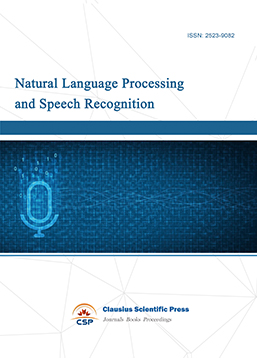
-
Journal of High-Voltage

-
Programming Languages and Operating Systems
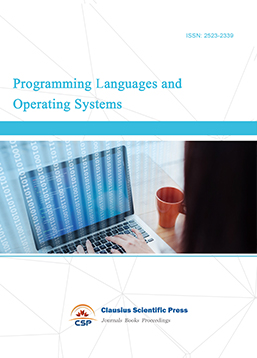
-
Visual Communications and Image Processing

-
Journal of Systems Analysis and Integration
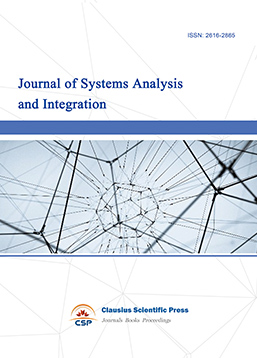
-
Knowledge Representation and Automated Reasoning
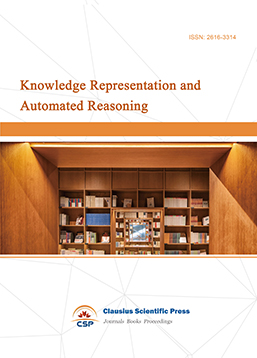
-
Review of Information Display Techniques
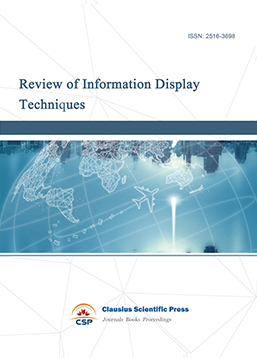
-
Data and Knowledge Engineering

-
Journal of Database Systems

-
Journal of Cluster and Grid Computing

-
Cloud and Service-Oriented Computing

-
Journal of Networking, Architecture and Storage

-
Journal of Software Engineering and Metrics

-
Visualization Techniques

-
Journal of Parallel and Distributed Processing
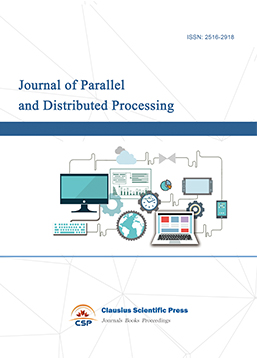
-
Journal of Modeling, Analysis and Simulation
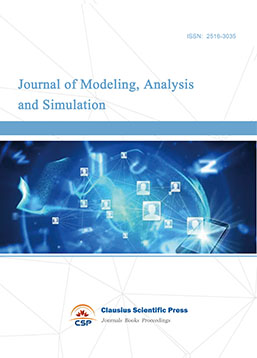
-
Journal of Privacy, Trust and Security

-
Journal of Cognitive Informatics and Cognitive Computing
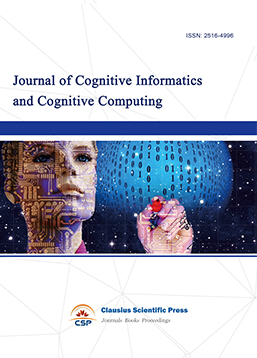
-
Lecture Notes on Wireless Networks and Communications

-
International Journal of Computer and Communications Security
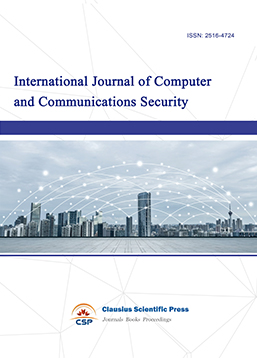
-
Journal of Multimedia Techniques
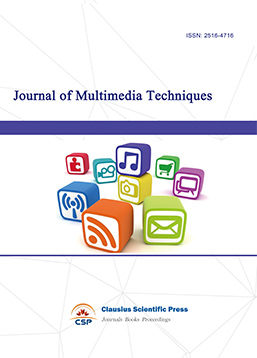
-
Automation and Machine Learning
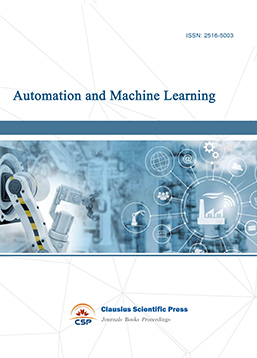
-
Computational Linguistics Letters
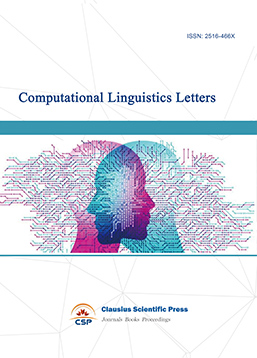
-
Journal of Computer Architecture and Design
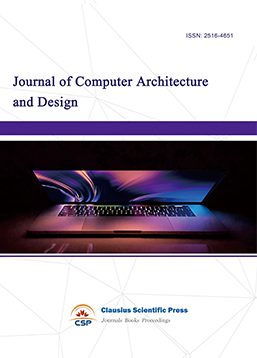
-
Journal of Ubiquitous and Future Networks


 Download as PDF
Download as PDF